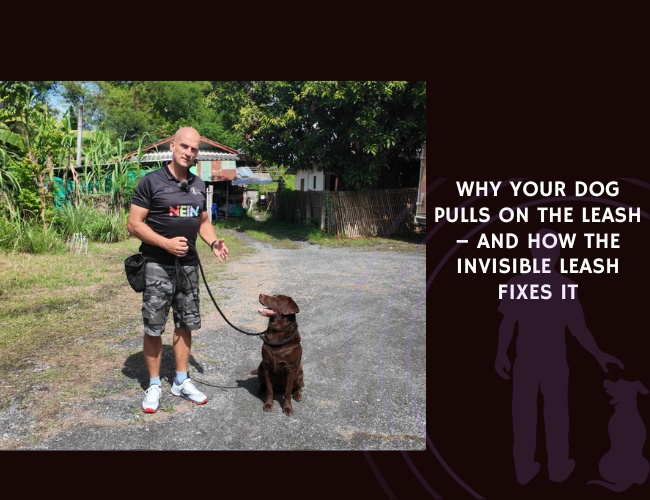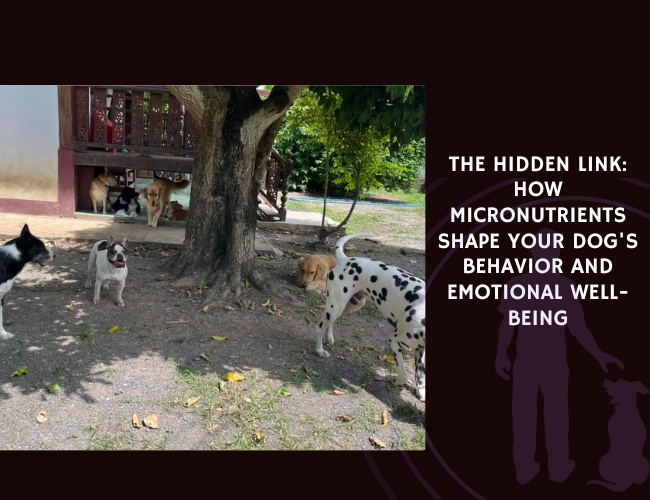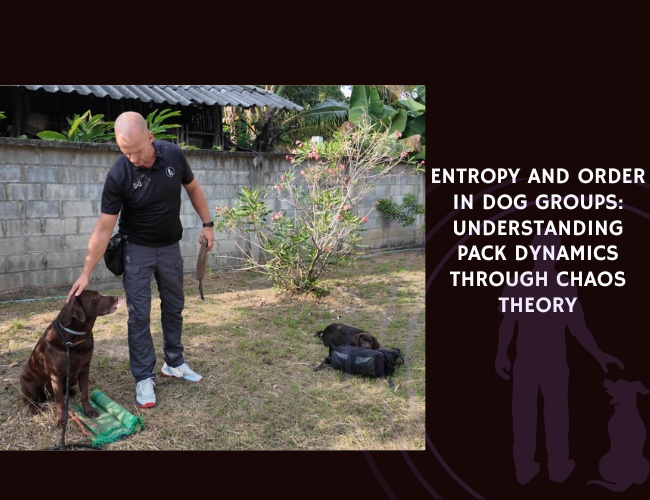Dogs’ displacement behaviors—such as sniffing, yawning, blinking, lip-wiping, and nose-licking—have often been interpreted as appeasement signals designed to diffuse conflict. However, Pedretti et al. (2023) tested this assumption using a novel method: video stimuli of dogs in either threatening (barking) or neutral (panting) contexts, paired with natural or artificial sounds.
Fifty-six pet dogs were repeatedly exposed to both scenarios. The study found that dogs looked significantly longer at the threatening videos and showed specific postural changes, such as ears forward in threatening conditions and ears rotated in neutral ones. Surprisingly, displacement behaviors were expressed more frequently in neutral contexts than in threatening ones.
These findings suggest that displacement behaviors are not primarily tools to interrupt aggression, but rather signals used in ambiguous social situations where the intent of another dog is uncertain. This research advances understanding of intraspecific communication in dogs and highlights the need to reconsider how owners and trainers interpret canine body language in different contexts.
Source: Pedretti, G., Canori, C., Marshall-Pescini, S., Pavan, G., & Valsecchi, P. (2023). Behavioural Analysis of Dogs’ Response to Threatening and Neutral Conspecific Video Stimuli. Applied Sciences. Publication Date: August 15, 2023.










